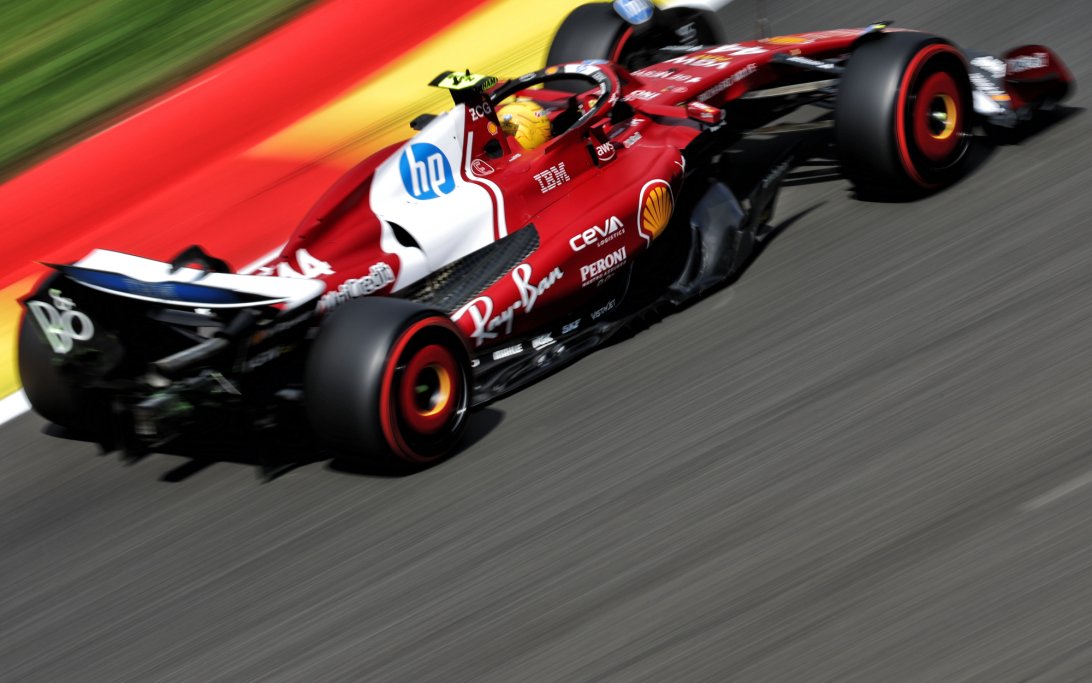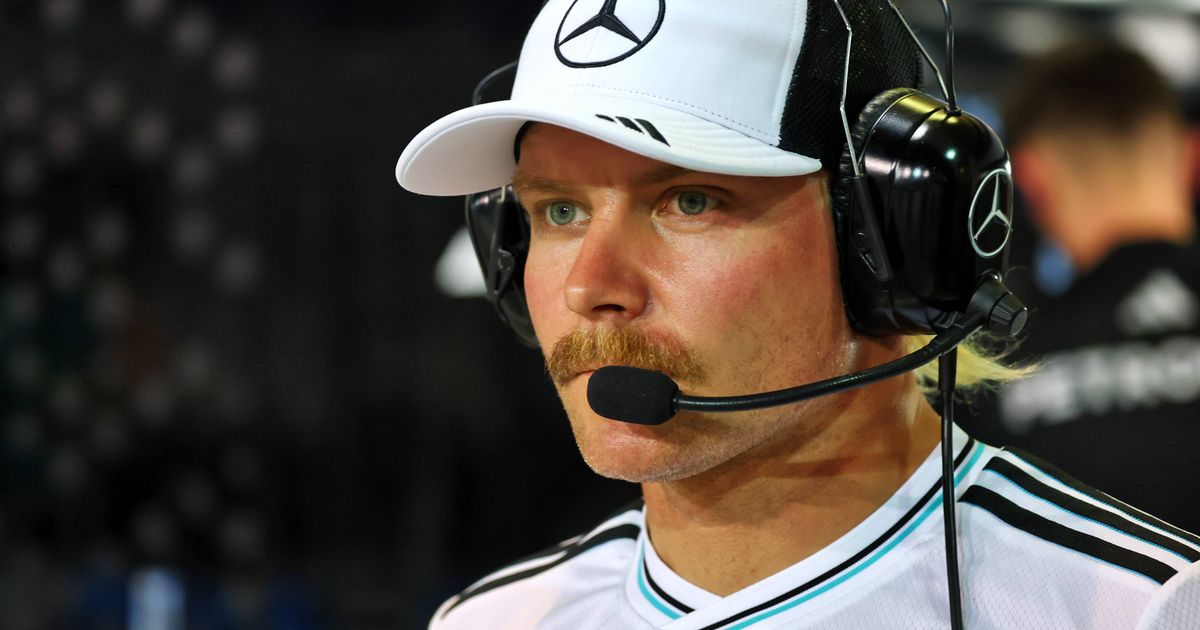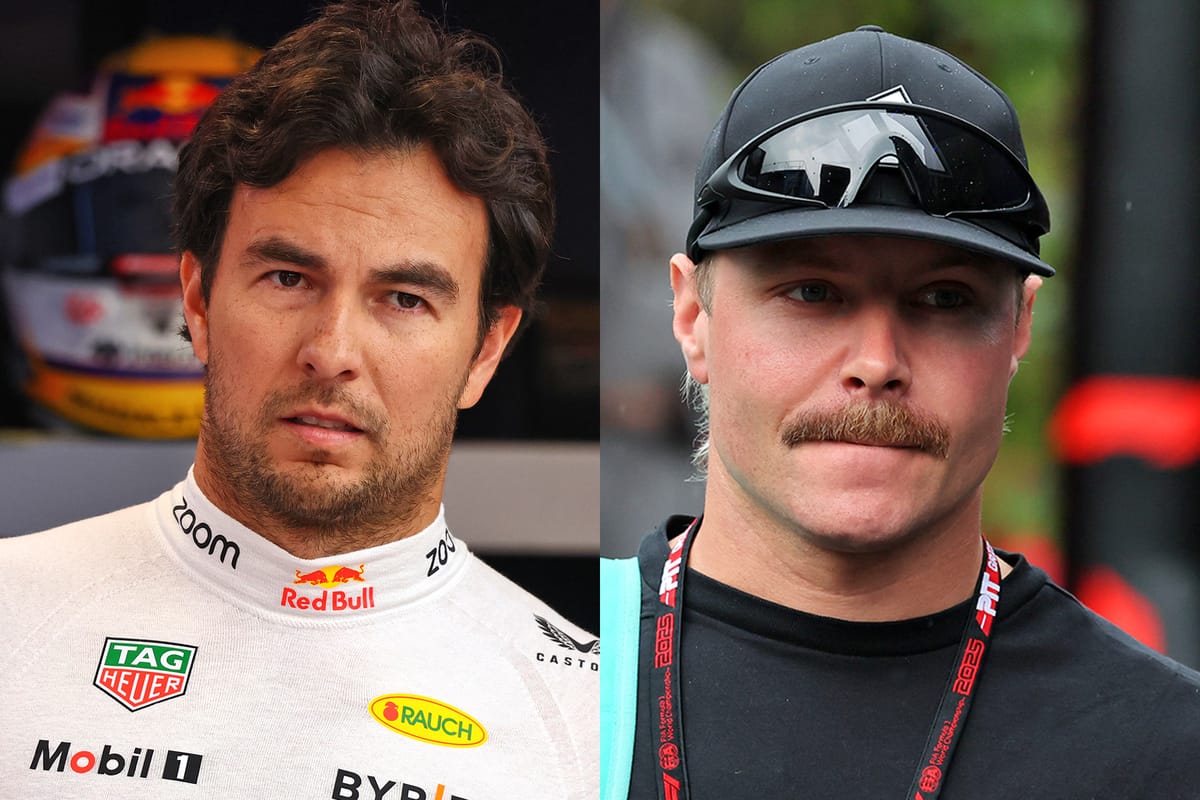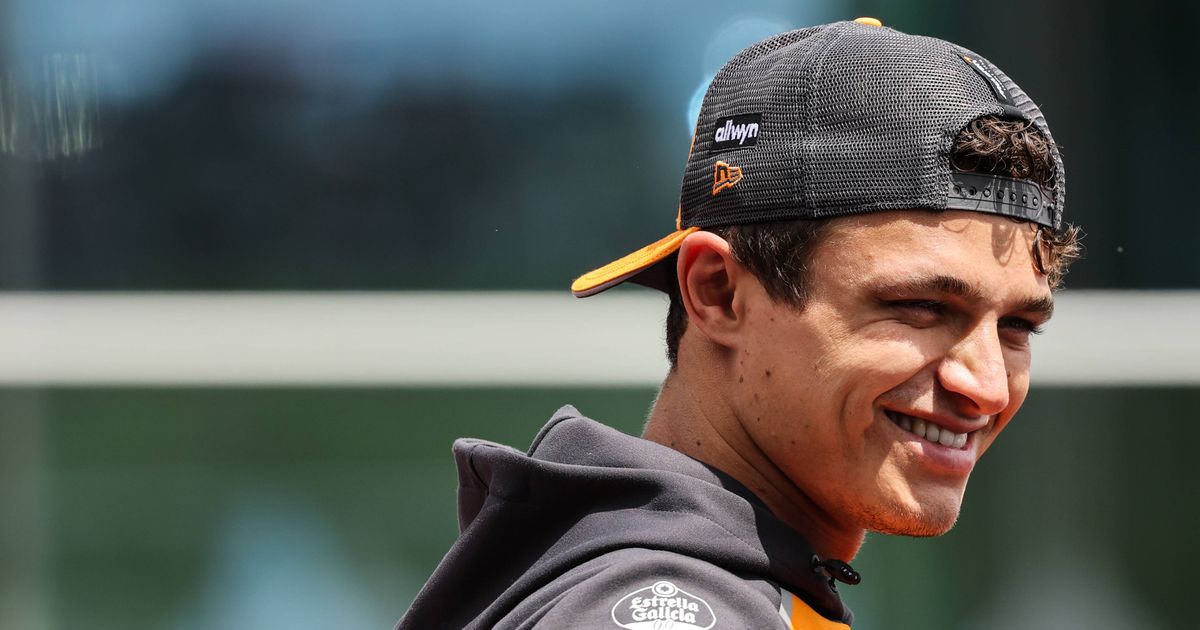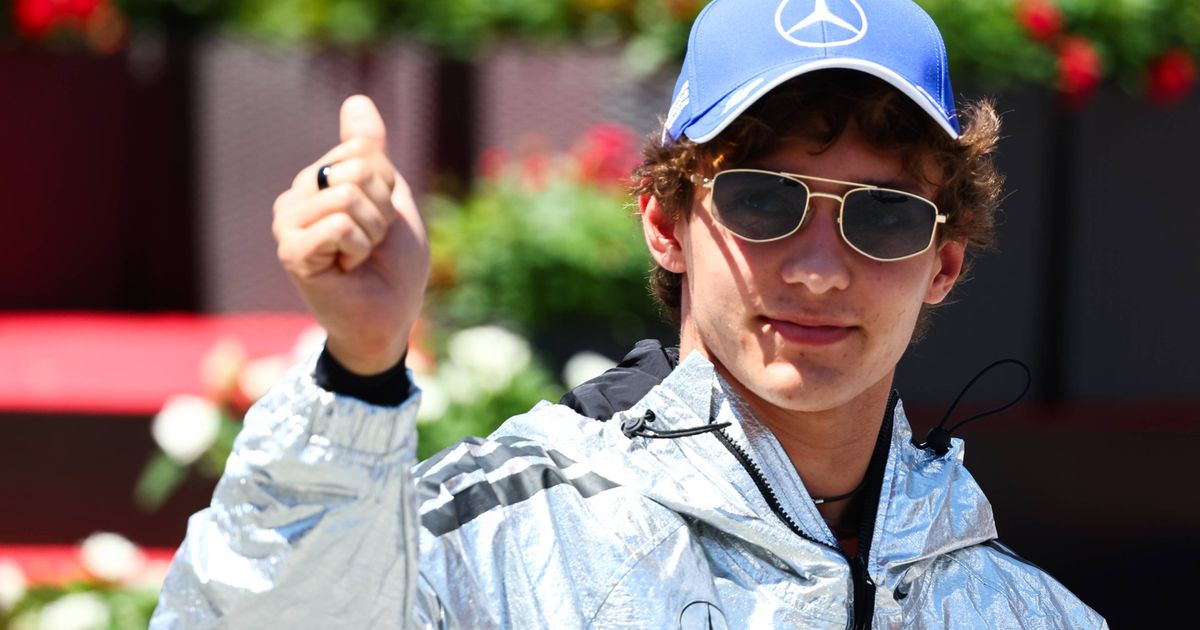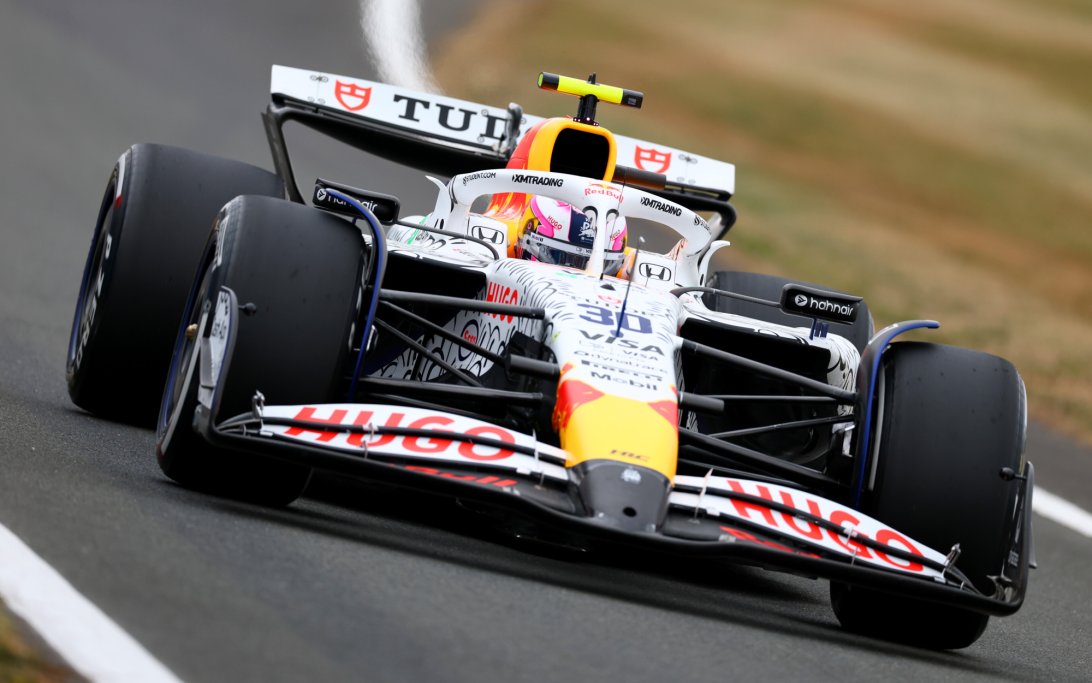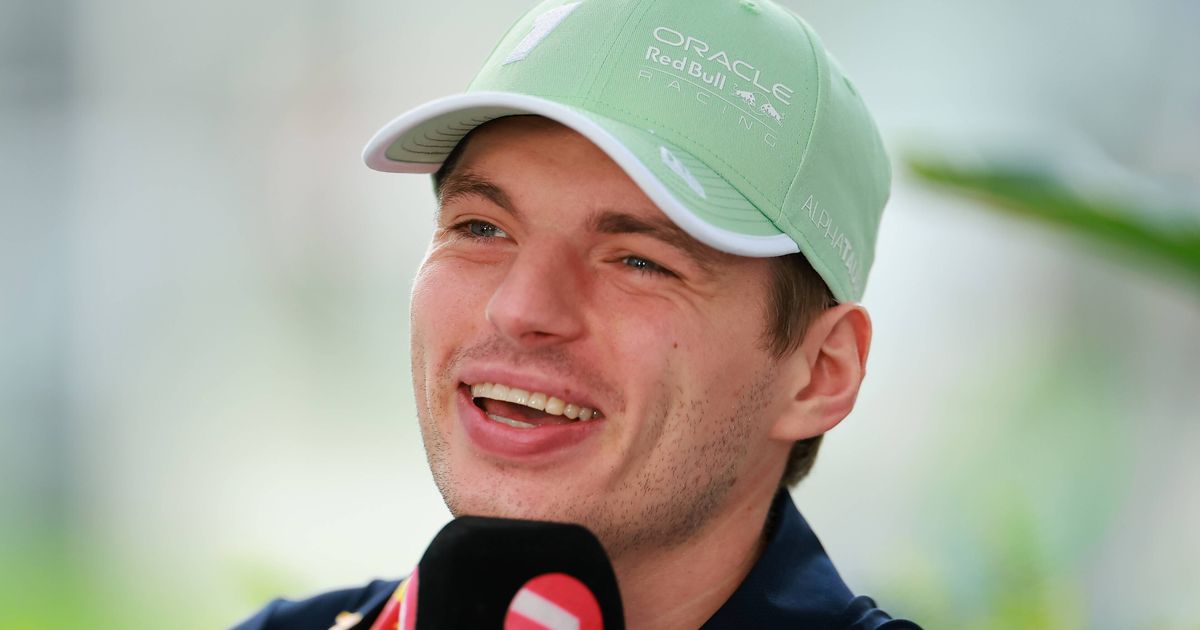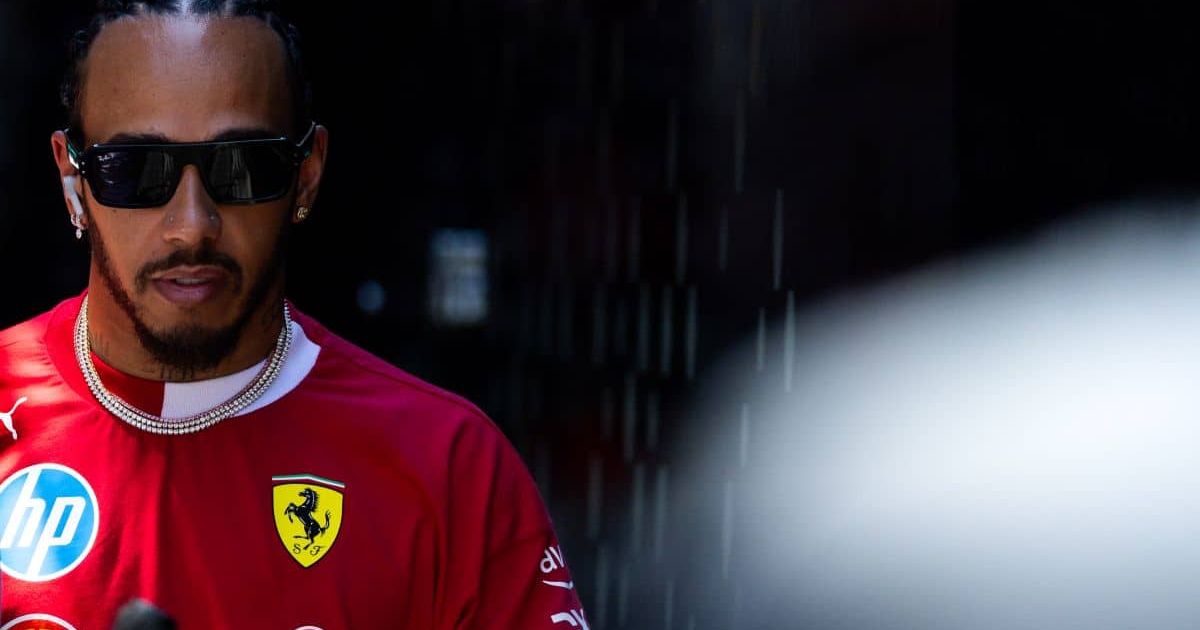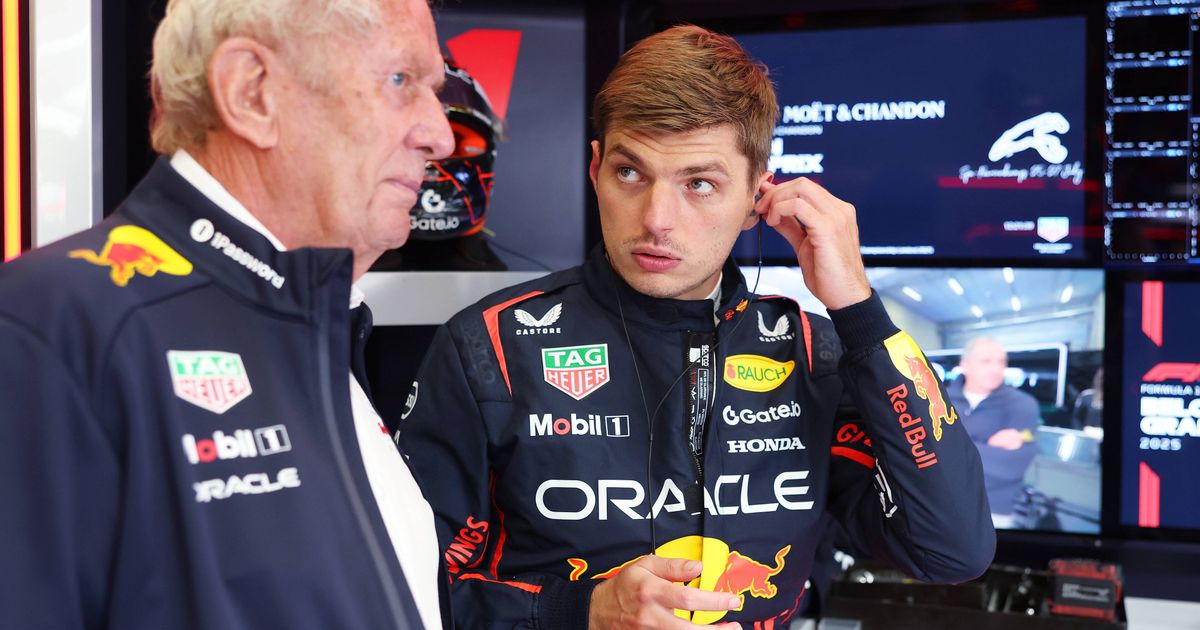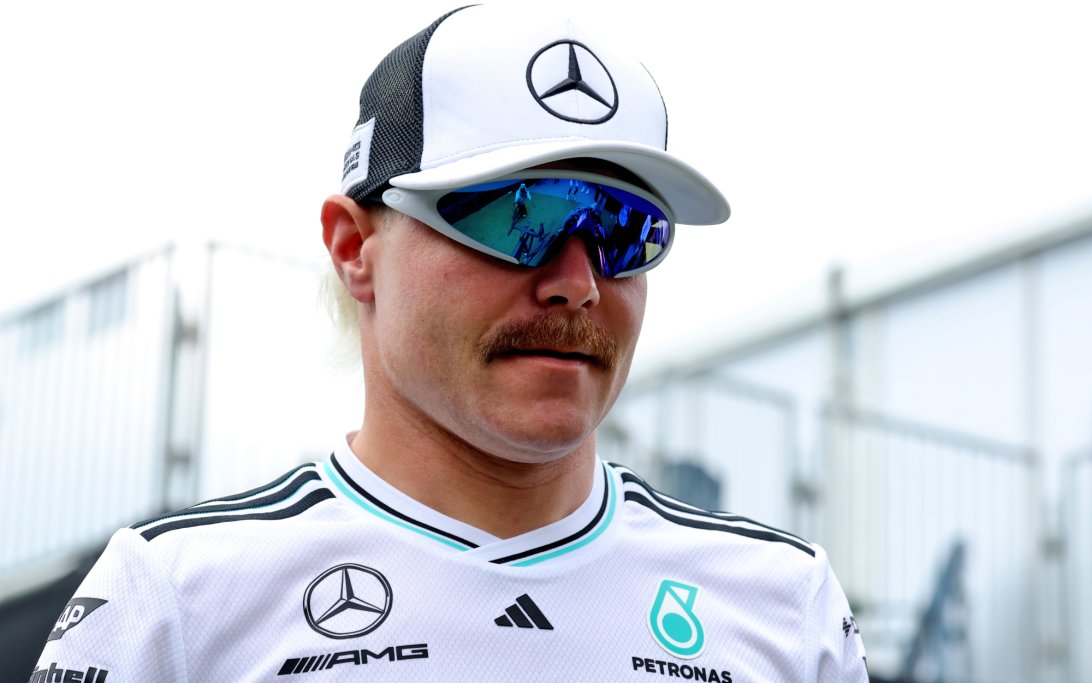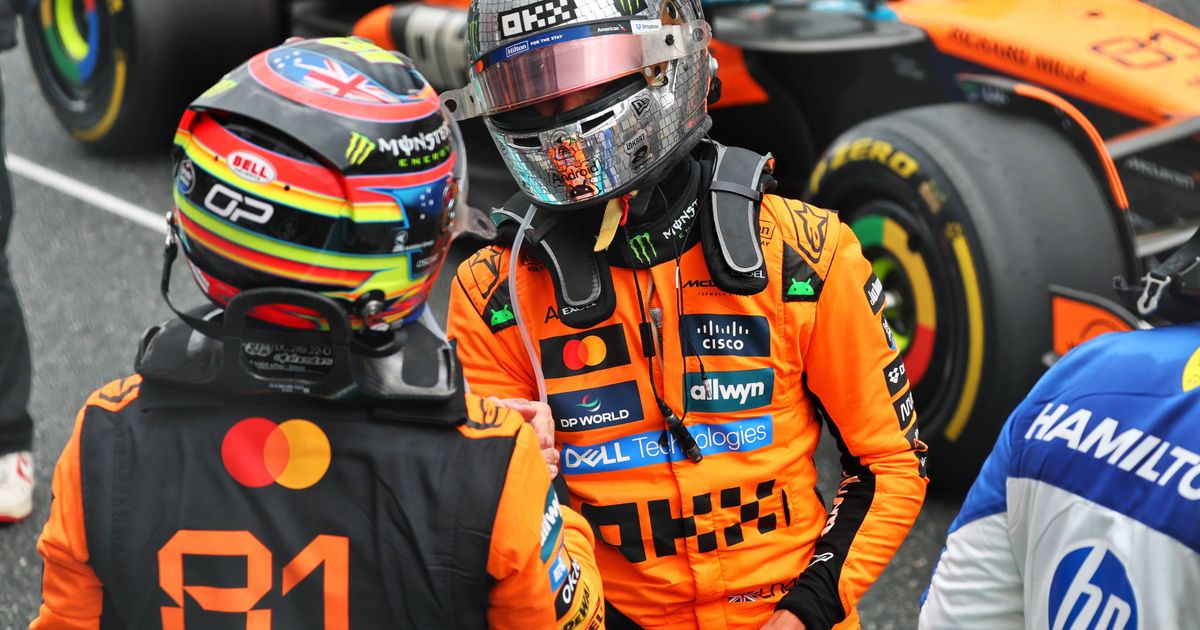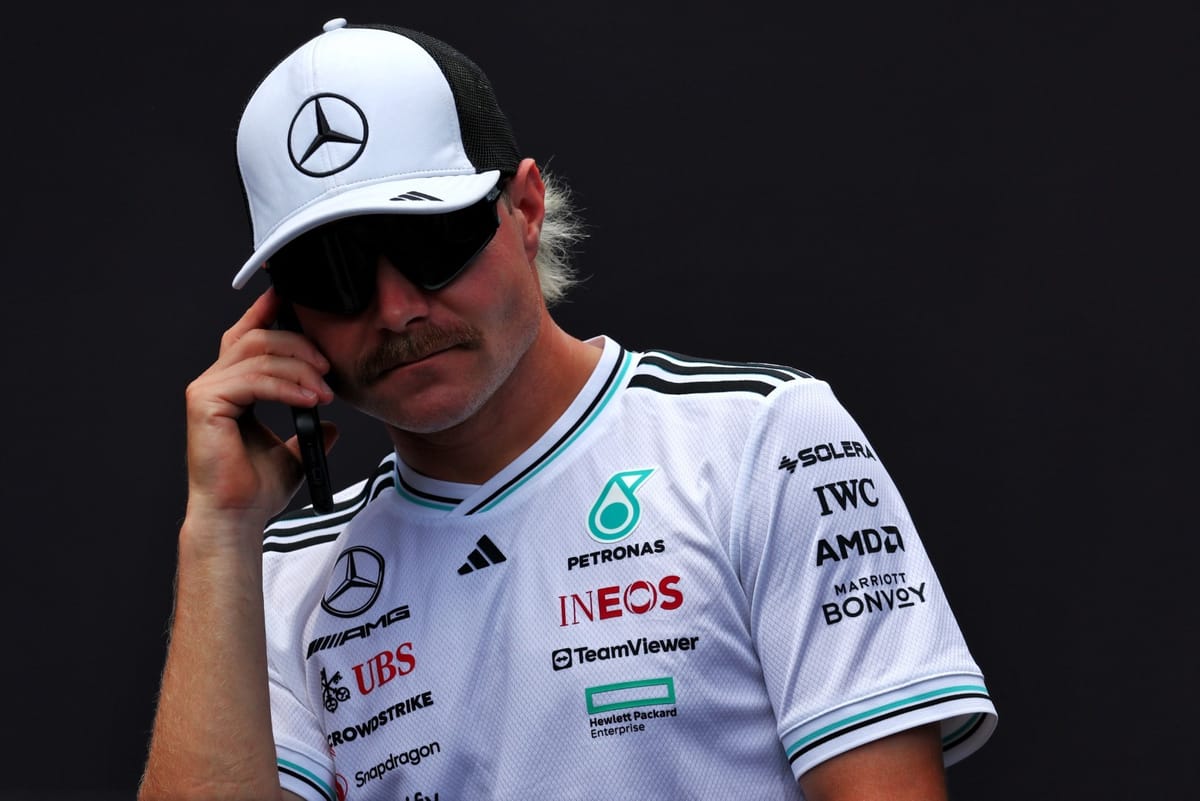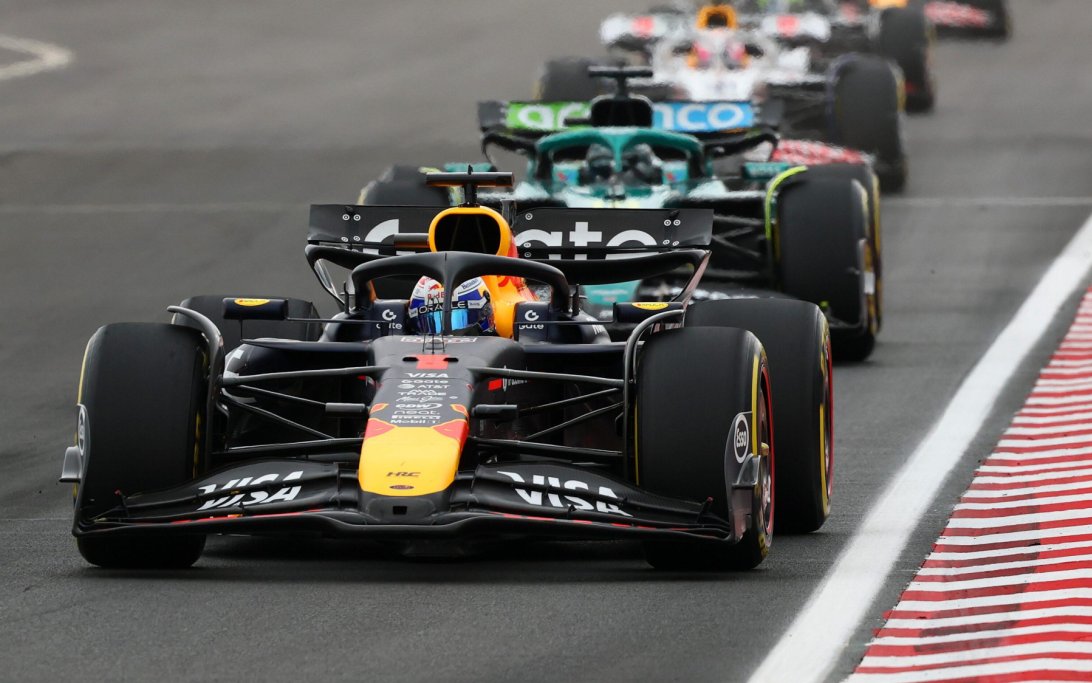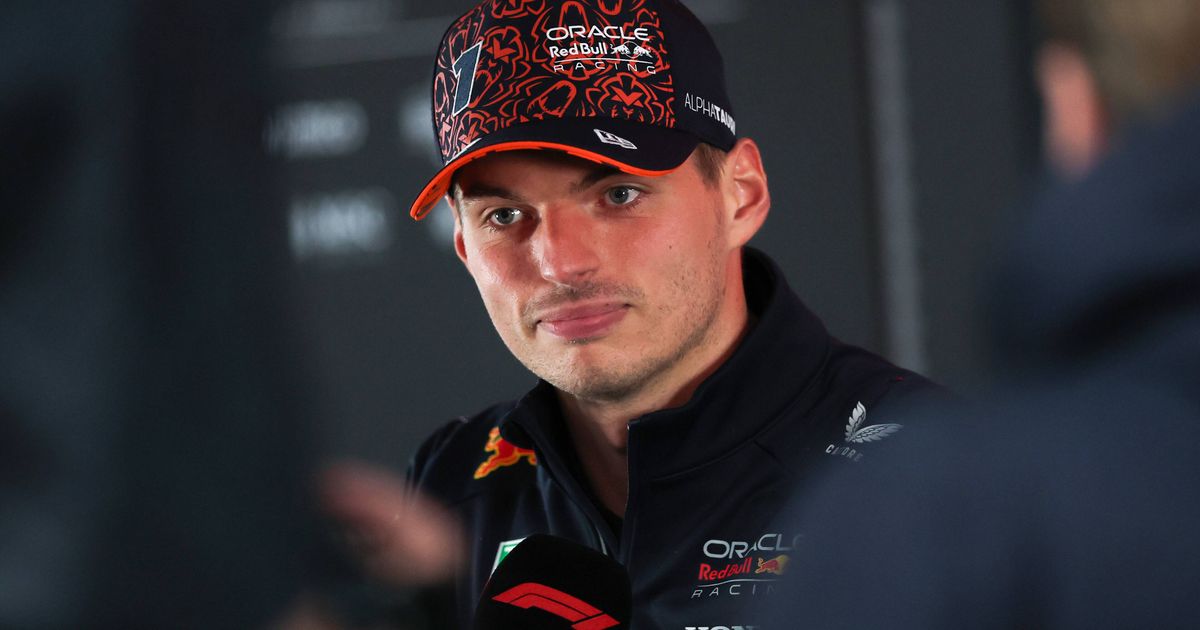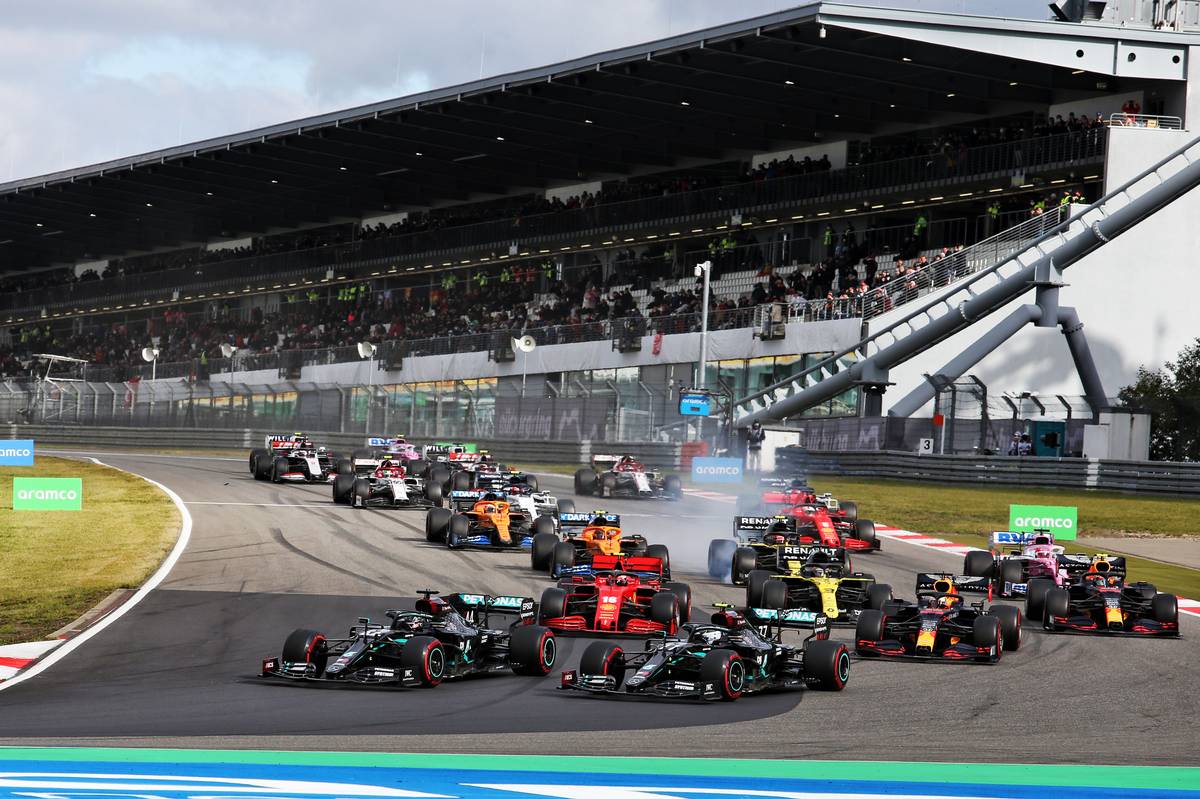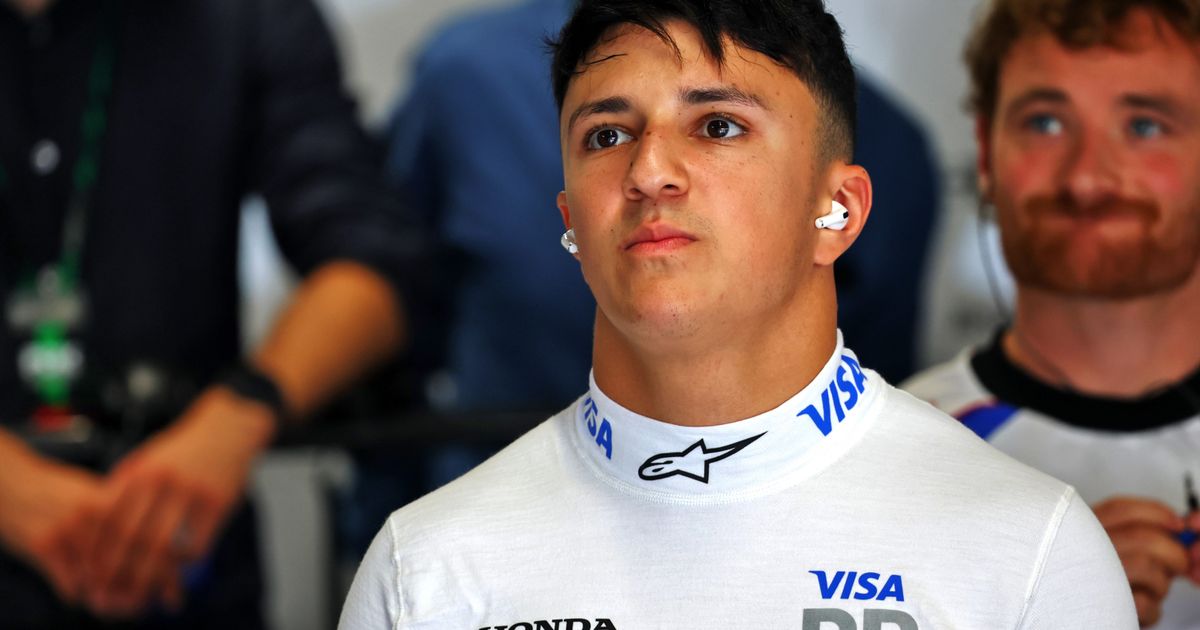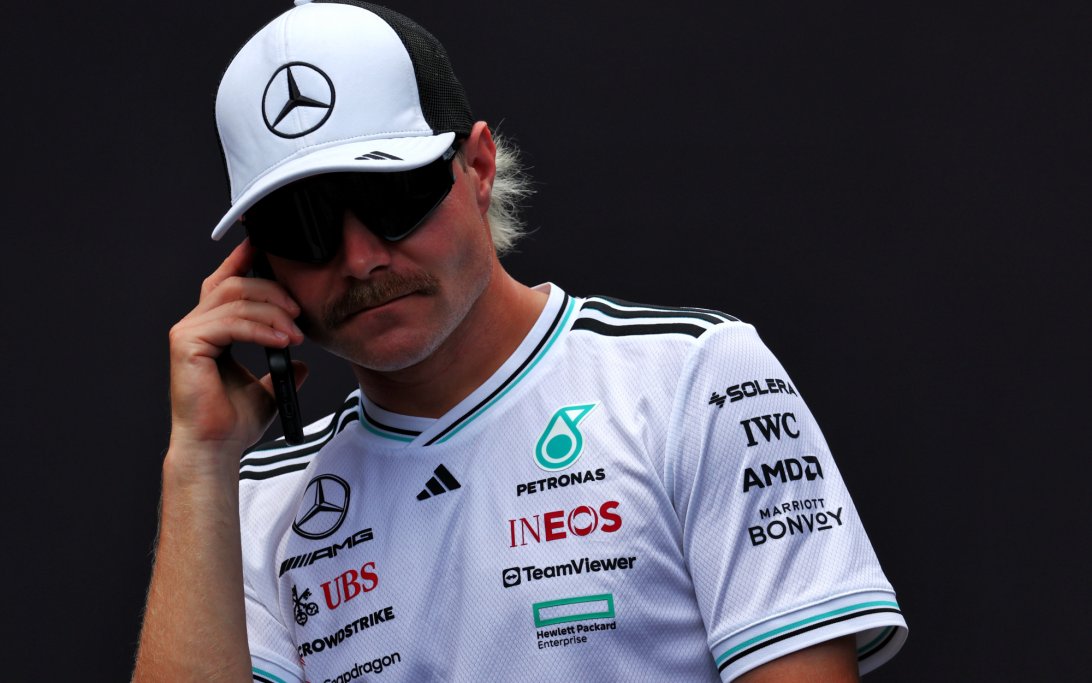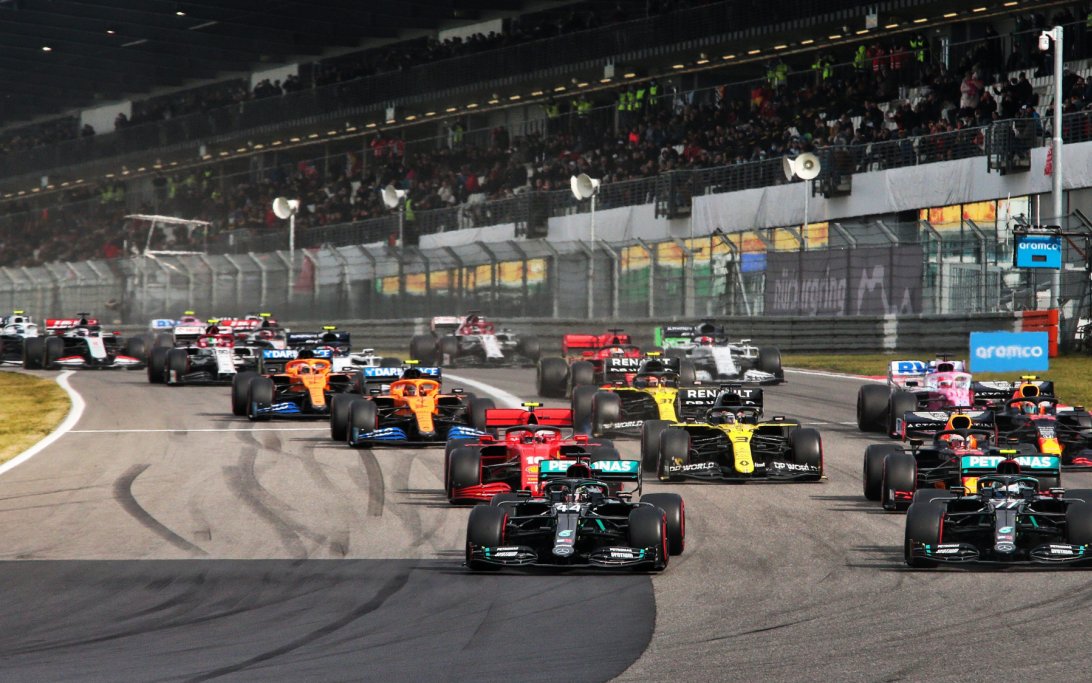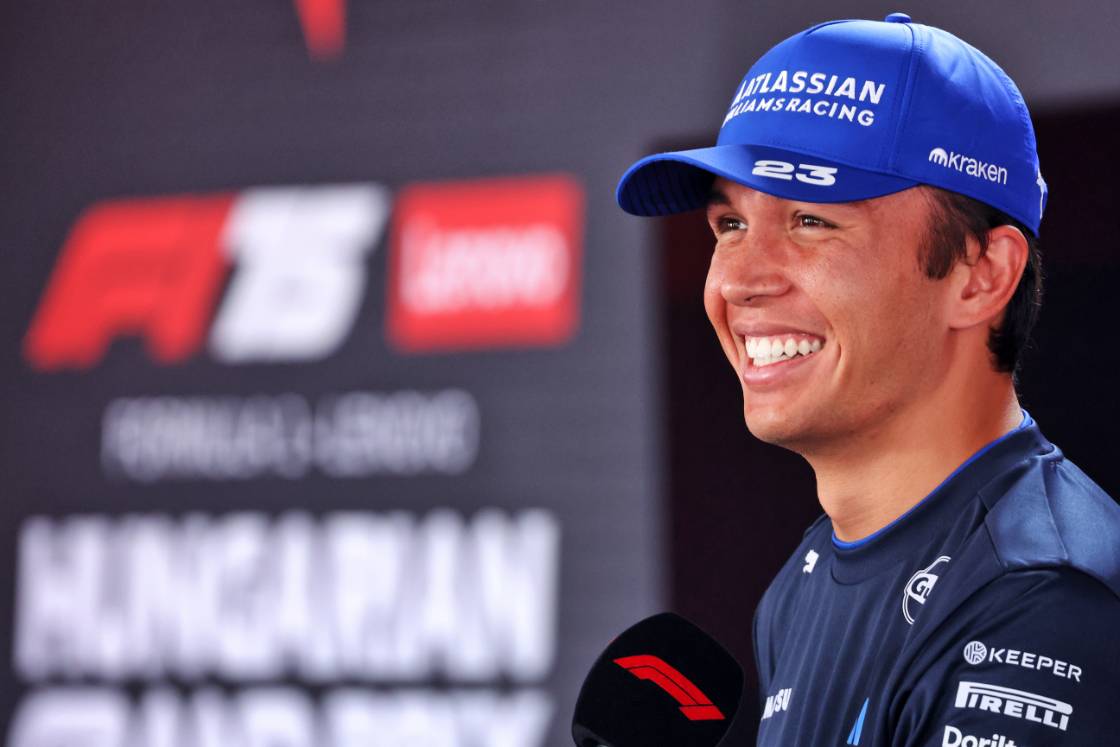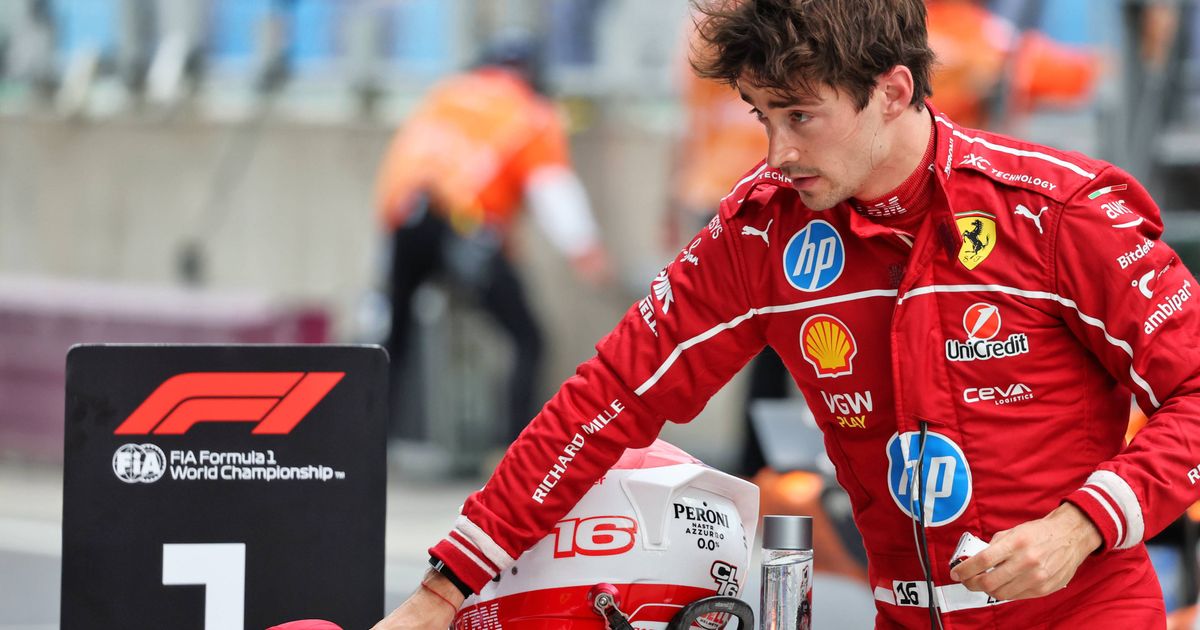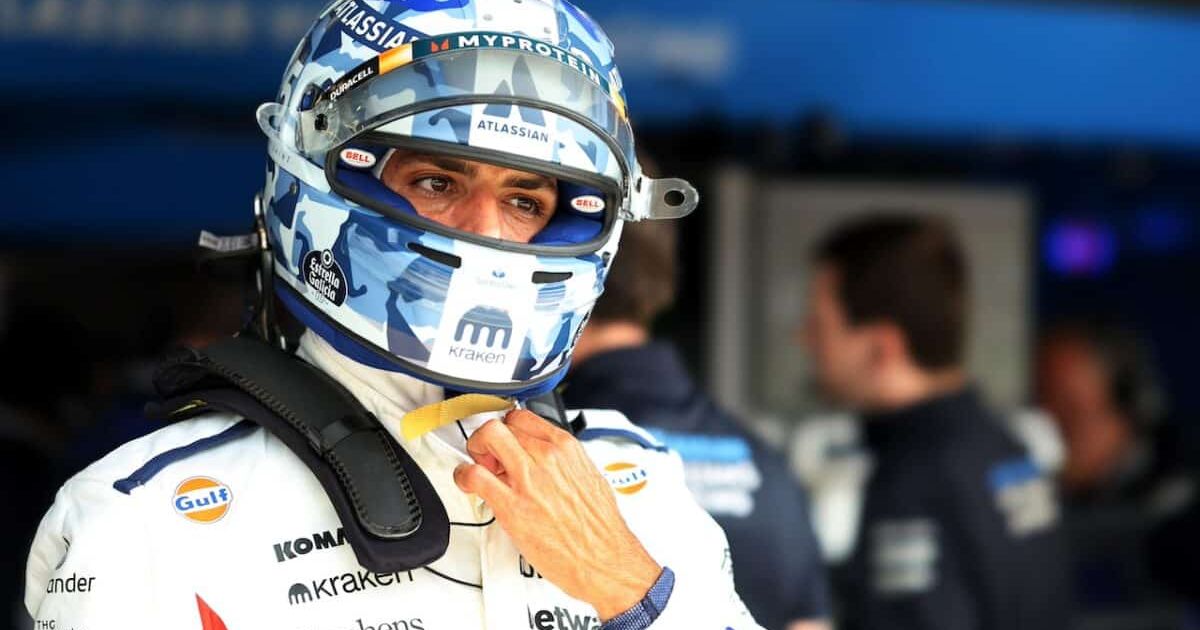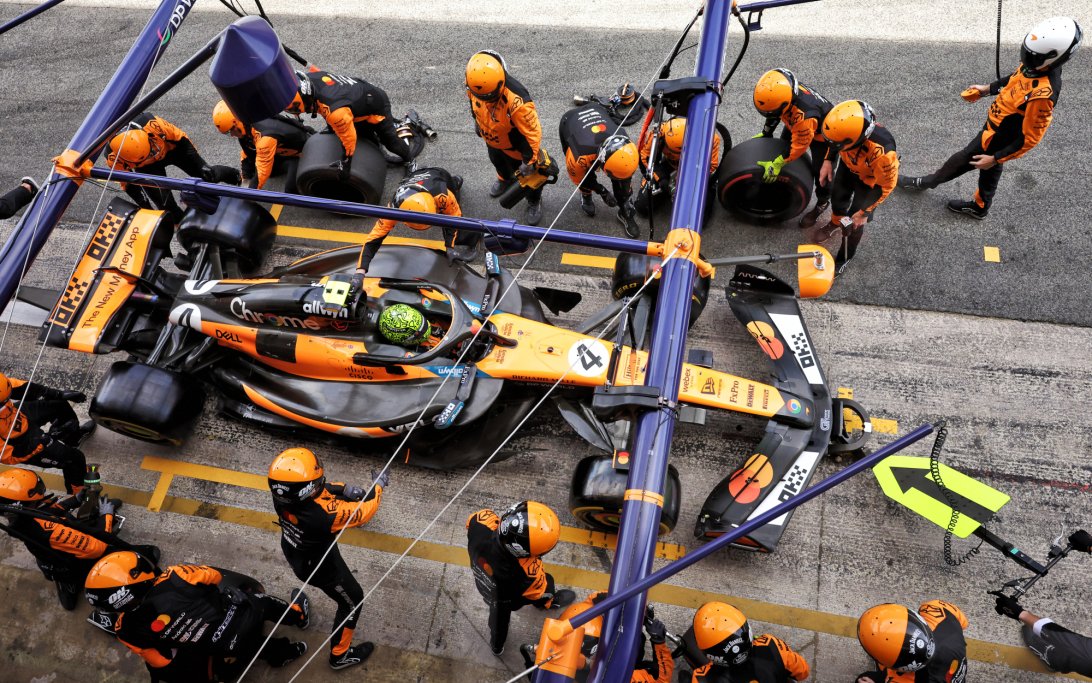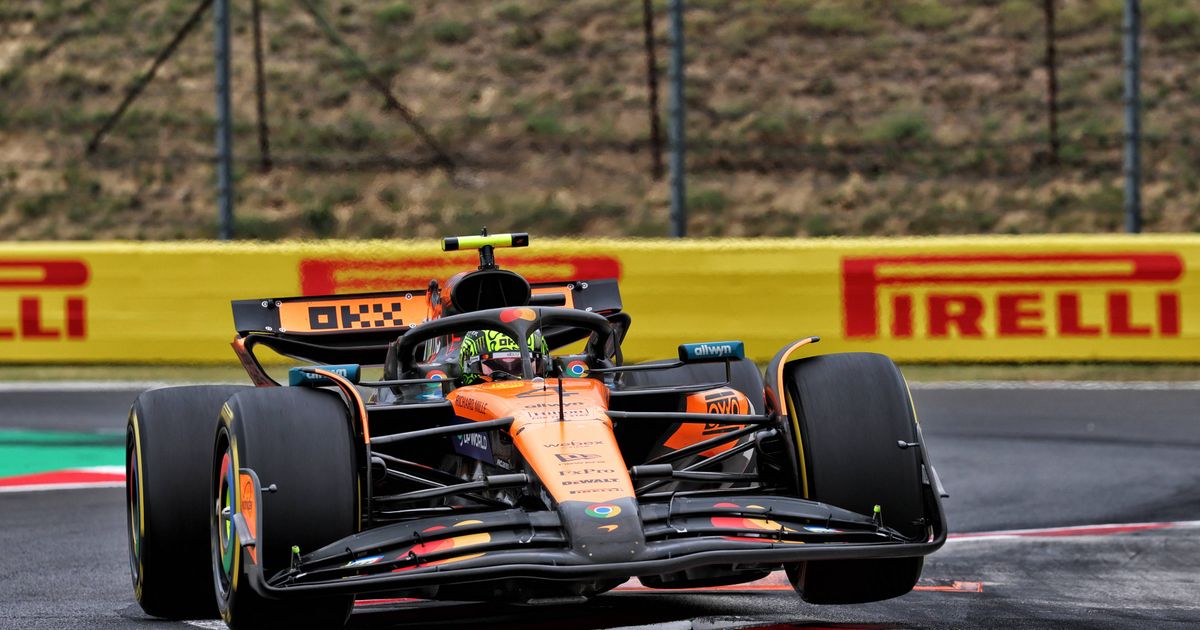Valtteri Bottas still faces a five-place grid penalty despite a recent FIA rule change. The Finn was awarded this sanction at last year's Abu Dhabi Grand Prix following a collision with Kevin Magnussen.
Why it matters
Bottas lost his Sauber seat this season but is closing in on an F1 return with Cadillac for 2026. This unserved penalty could affect his first race back, highlighting a loophole the FIA aims to fix for future sanctions.
The context
- Original Penalty: At the 2024 Abu Dhabi Grand Prix, stewards imposed a "drop of five grid positions for the next race in which the driver participates" on Bottas.
- Unserved: As Bottas has been in a Mercedes reserve role this season, he hasn't had an opportunity to serve the penalty.
The rule change
- New Regulation: The FIA amended its rules over the winter, stipulating that grid drop sanctions must be served "at the driver’s next Sprint or Race in which the driver participates in the subsequent twelve (12) month period."
- Misconception: Some believed this change would nullify Bottas's penalty.
- Reality: This is incorrect. Rule changes do not retroactively amend or rescind decisions made under previous regulations.
What's next
- Penalty Stands: The Race has confirmed that Bottas's penalty remains active. The new wording for 2026 only applies to future sanctions.
- No Mechanism for Rescission: An FIA spokesperson confirmed there is currently "no mechanism to retroactively amend the penalty that was applied under the regulations in force at the time."
- Future Prevention: The rule change is specifically designed to prevent similar indefinite penalties in the future.
- Other Drivers Affected: Bottas is not alone. Jenson Button still carries a three-place grid penalty from the 2017 Monaco Grand Prix, and Robert Shwartzman has a five-place penalty from last year's Mexican Grand Prix.
